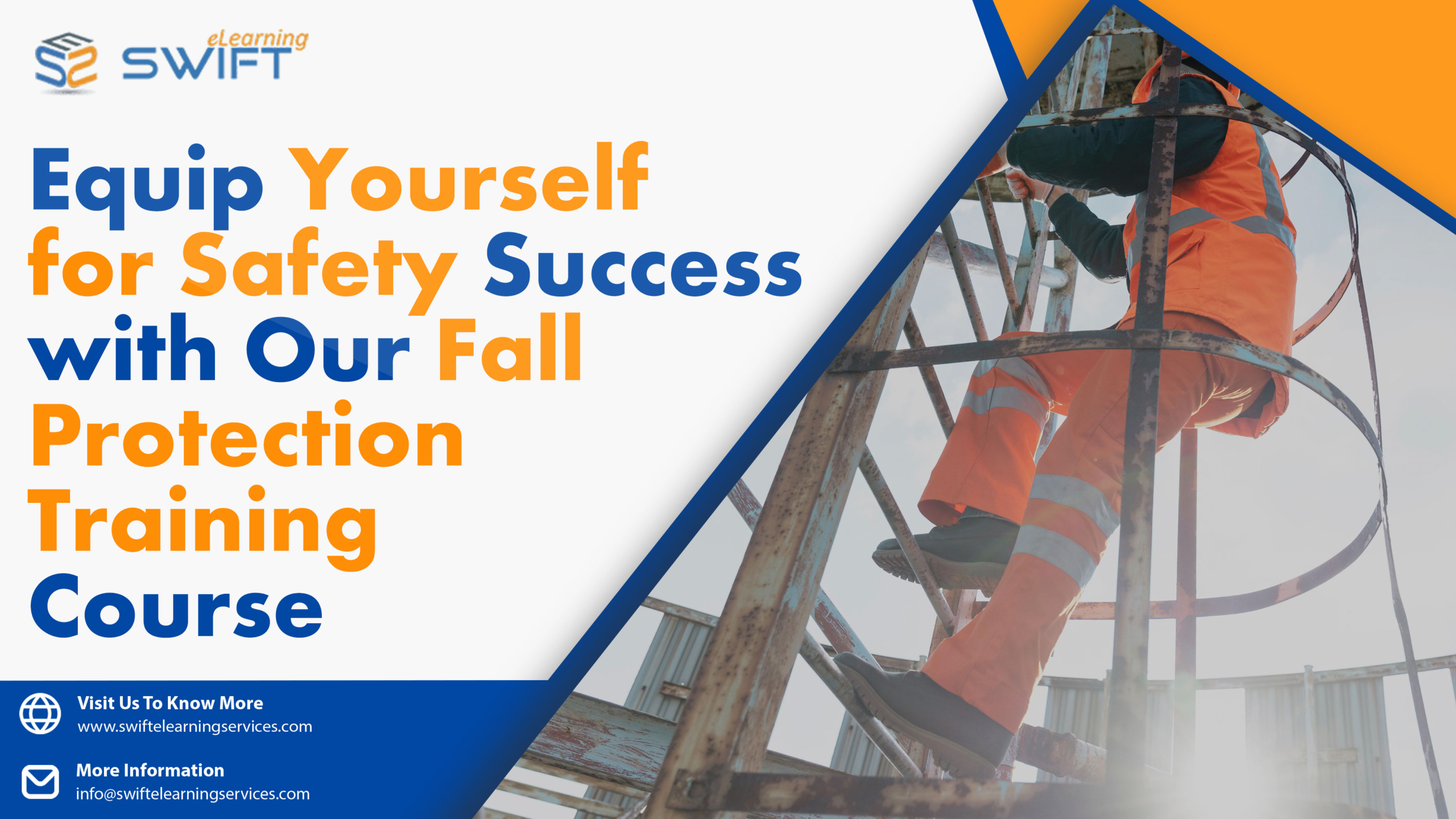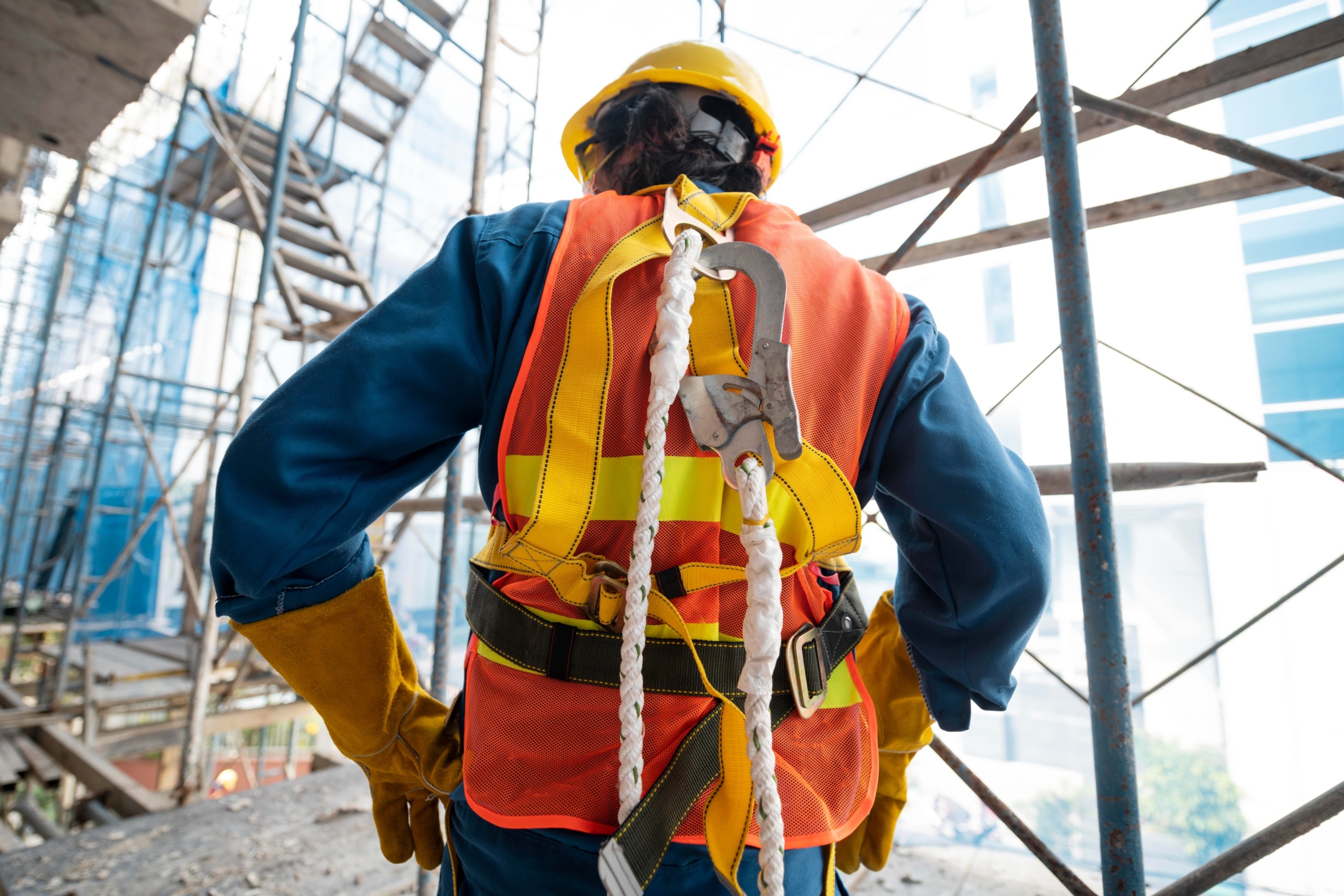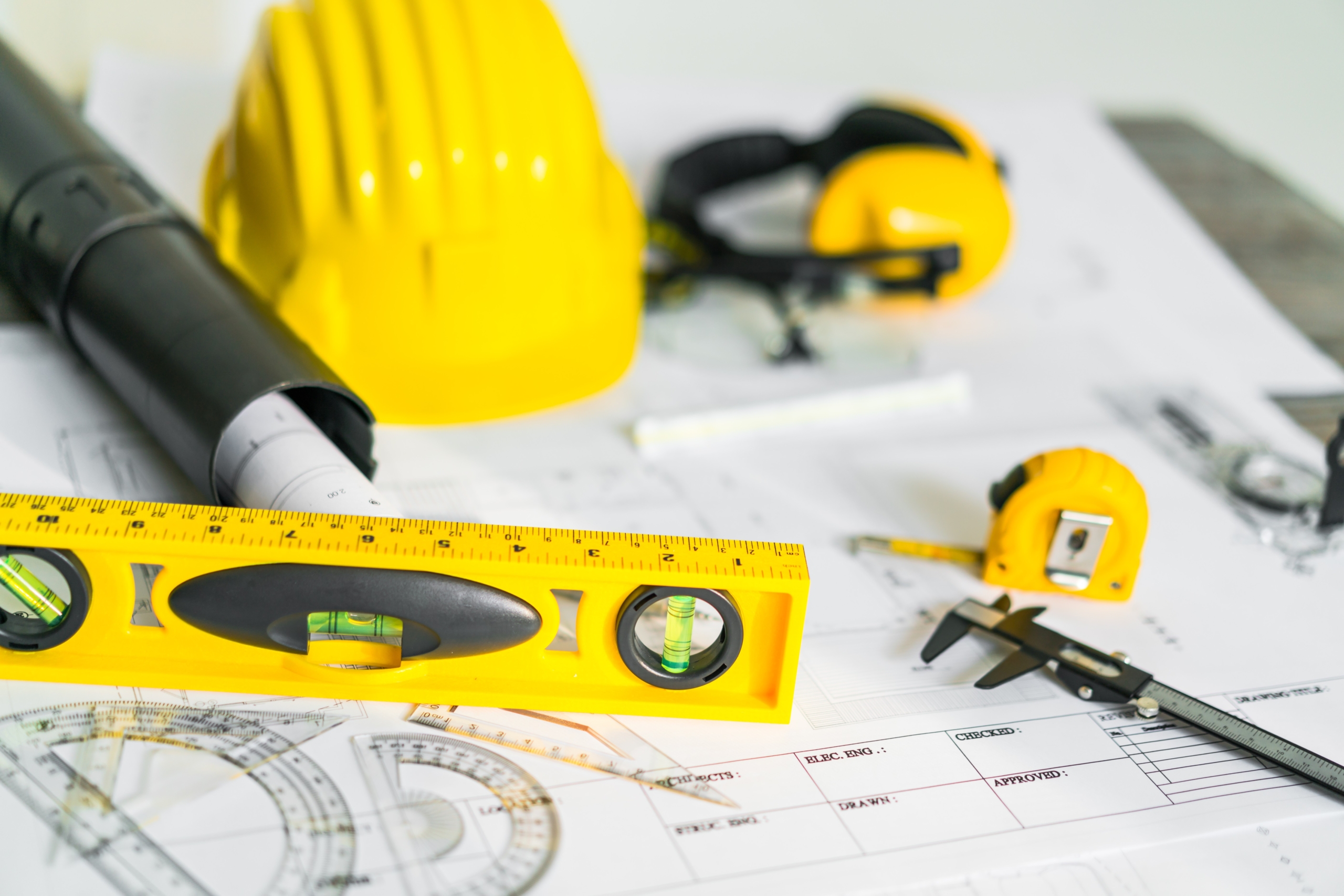Equip Yourself for Safety Success with Our Fall Protection Training Course
1. OSHA Fall Protection and Prevention Training Online – Ensuring Workers’ Safety at Heights
Fall protection and prevention is a critically important aspect of workplace safety in various industries. Whether you work in construction, manufacturing, or any other field that involves working at heights, understanding the risks associated with falls and implementing preventive measures is vital.
In this blog, we will discuss the key aspects of fall protection and prevention, highlighting the importance of proper training and providing valuable resources for online training.
2. Benefit from Our Comprehensive Fall Protection Courses
A fall protection eLearning training course typically covers various aspects of preventing falls and ensuring safety in situations where there is a risk of falling from heights. This course usually includes:
2.1 Understanding Fall Hazards: Identifying potential fall hazards in the workplace or specific environments. Understanding the types of fall hazards encountered in the workplace, such as unprotected edges, floor openings, and fragile surfaces.
2.2 Equipment Familiarization: Learning about different types of fall protection equipment such as harnesses, lanyards, anchor points, and lifelines.
2.3 Proper Equipment Usage: Instruction on how to properly inspect, fit, and use fall protection gear.
2.4 Anchorage Points: Identifying and securing suitable anchorage points for fall protection systems.
2.5 Safety Procedures: Understanding safety protocols and procedures for working at heights, including rescue protocols in case of a fall.
2.6 Regulations and Standards: Familiarization with relevant safety regulations and industry standards regarding fall protection. Familiarization with relevant safety regulations and standards set by organizations like OSHA (Occupational Safety and Health Administration) in the United States, or similar regulatory bodies in other countries.
2.7 Fall Prevention Strategies: Training on methods to prevent falls, including the use of guardrails, safety nets, and other engineering controls.
2.8 Rescue Procedures: Guidelines on how to respond in case of a fall, including rescue techniques and procedures for safely retrieving a fallen worker.
2.9 Risk Assessment: Learning how to assess the risks associated with working at heights and implementing appropriate control measures.
2.10 Proper Usage Techniques: Instruction on how to correctly don, adjust, and use fall protection gear to ensure maximum safety while working at heights.
2.11 Emergency Procedures: Instruction on emergency protocols in the event of a fall or other related accidents.
3. TAccessing Quality Training with Our Fall Protection Course
Our fall protection eLearning training course is designed to equip participants with the necessary skills and knowledge to handle fall-related risks confidently.
Here’s what you can expect:
3.1 Comprehensive Modules
- Explore a spectrum of crucial topics, from in-depth risk assessment methodologies to the nuanced intricacies of equipment usage and emergency response strategies.
- Gain a comprehensive understanding of fall protection, ensuring a well-rounded knowledge base for confidently navigating various work environments.
3.2 Interactive Learning
- Immerse yourself in an engaging learning experience facilitated by interactive eLearning content.
- Reinforce key concepts through a variety of multimedia tools, including videos, quizzes, and simulations, enhancing retention and practical application of learned skills.
3.3 Accessible Anywhere
- Embrace the flexibility of online accessibility, allowing participants to learn at their own pace and convenience.
- Break free from geographical constraints and access high-quality course training from anywhere, ensuring that valuable safety knowledge is within reach whenever and wherever it’s needed.
Our Fall Protection eLearning course isn’t just a training program; it’s a pathway to mastery in safeguarding against fall-related risks. By accessing this quality training, you embark on a journey toward enhanced workplace safety, armed with knowledge, skills, and the confidence to tackle challenges at any height. Elevate your safety standards; unlock excellence with our Fall Protection eLearning course.
Click here to access our Fall Protection eLearning training course and experience quality training today!
4. Understanding Common Fall Hazards in Various Work Environments
Fall protection training typically targets individuals who work in industries or professions where there’s a risk of falling from heights. This includes but isn’t limited to:
4.1 Construction Workers: Those working on scaffolding, roofs, ladders, or elevated platforms.
4.2 Maintenance and Utility Workers: Professionals dealing with maintenance on buildings, bridges, or utility poles.
4.3 Window Cleaners: People involved in cleaning windows of tall buildings.
4.4 Fire-fighters and Rescue Personnel: Those involved in rescue operations where they might encounter high-risk situations.
4.5 Industrial Workers: Those working in industries where working at heights is common, such as manufacturing or oil rigs.
4.6 Warehouse and Logistics Workers: Employees working with storage at heights, like stacking goods on high shelves.
4.7 Painters: Professionals painting tall structures or buildings.
The training aims to educate and equip these individuals with knowledge and skills to prevent falls, properly use fall protection equipment like harnesses, lanyards, and anchors, understand safety protocols, and respond effectively in case of emergencies.
5. Identifying Tools and Equipment that Pose Workplace Risks
Fall protection equipment includes various gear and devices designed to prevent or mitigate injuries from falls in workplaces or during activities at heights. Some common fall protection equipment includes:
5.1 Safety Harness: A full-body harness worn by workers to distribute fall forces over the upper thighs, pelvis, chest, and shoulders.
5.2 Lanyards: These are flexible lines used to connect the harness to a secure anchor point. They come in various types like shock-absorbing lanyards or restraint lanyards.
5.3 Anchorage Points: Fixed points (e.g., anchor straps, D-rings) used to attach lanyards or lifelines, providing a secure connection for fall arrest systems.
5.4 Self-Retracting Lifelines (SRLs): These automatically retract lifelines or lanyards to keep them taut, reducing slack and minimizing potential fall distances.
5.5 Safety Nets: Placed below working areas, safety nets serve as a passive fall protection measure, cushioning falls and reducing the risk of serious injury.
5.6 Guardrails: Installed along edges of elevated surfaces to prevent falls. They act as a physical barrier between the worker and the edge.
5.7 Personal Fall Arrest Systems (PFAS): A combination of devices that work together to arrest a worker’s fall. This typically includes a harness, lanyard, and an anchorage point.
5.8 Safety Lines and Ropes: Used for positioning and restraint, keeping workers safely connected to anchor points while working at height.
5.9 Rescue Equipment: Gear specifically designed to retrieve a fallen worker safely, such as rescue harnesses, descent devices, or evacuation systems.
5.10 Fall Arrestors and Descenders: Devices designed to stop a fall or control a descent, providing a controlled means of movement while working at height.
It’s crucial to use fall protection equipment properly and ensure it meets safety standards to minimize the risk of falls and protect workers’ safety. Training in the correct usage of this equipment is also essential for all individuals who might be working at heights.
6. How Frequently Should Your Team Engage in Fall Protection Training?
The frequency of fall protection training requirements can vary based on several factors such as industry regulations, the specific job being performed, and company policies. However, in many industries, fall protection training is often required on an annual basis or whenever there are changes in equipment, work procedures, or regulations that could affect safety.
It’s essential to check the specific guidelines provided by regulatory bodies like OSHA (Occupational Safety and Health Administration) in the United States or corresponding safety authorities in other countries to ensure compliance with their standards.
When it comes to fall protection training, staying updated with the latest safety protocols and guidelines is crucial. Employers often conduct regular safety meetings or refresher courses to ensure that workers are aware of any new developments or changes in safety regulations. This helps maintain a high level of awareness and preparedness among employees when it comes to preventing falls and using proper safety equipment.
Regular training sessions also reinforce the importance of fall protection measures, emphasizing their role in maintaining a safe work environment.
Conclusion
Investing in fall protection training isn’t just a precaution; it’s a proactive step towards ensuring the well-being of your workforce. A properly trained team not only reduces the risk of accidents but also contributes to a more confident and efficient work environment.
These fall protection eLearning training courses are crucial for individuals working in industries or environments where there’s a risk of falling from heights, such as construction, maintenance, and certain types of manufacturing. They aim to reduce accidents, injuries, and fatalities related to falls by providing comprehensive knowledge and practical skills for staying safe while working at elevated levels.
Frequently Asked Questions (FAQs)
1. What is fall protection training?
Fall protection training educates individuals on how to prevent falls from heights and how to properly use safety equipment like harnesses, lanyards, and anchors to protect themselves.
2. Who needs fall protection training?
Anyone working at heights or in environments where falls are a risk should undergo this training. This includes construction workers, roofers, window cleaners, and others in similar roles.
3. What topics have you covered in your fall protection courses?
These eLearning courses typically cover fall hazards, equipment inspection, proper fitting of safety gear, anchor point selection, rescue procedures, and relevant safety regulations.
4. How long does fall protection training take?
The duration can vary, but it often ranges from a few hours for basic training to multiple days for more comprehensive courses.
5. What are the benefits of completing fall protection training?
Completing this training ensures that workers understand how to prevent falls, properly use safety equipment, and respond to emergency situations, ultimately reducing the risk of accidents and injuries.







